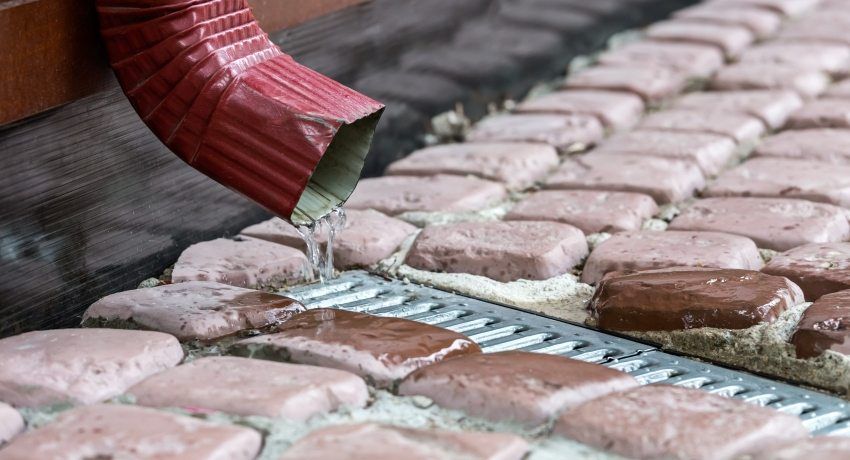Plastic panels for walls: photos, types and methods of installation of this finishing material, it is necessary to examine each owner who wants to use it in the manufacture of construction or repair work in his house. Plastic wall panels can be found in many residential and public areas. This is a very convenient and cheap finishing material that allows you to make an inexpensive and high-quality repairs.

Plastic panels for walls: photos of various types
In appearance plastic panels for walls are divided into: mirror, laminated and decorative. All of them are very different in color and texture. The picture may resemble white brick, stone, wood, or be a panel with any image. According to the form there are three completely different types:
- slatted plastic panels for walls. They resemble the wooden clapboard. They are attached to the wall horizontally or vertically on the brackets previously attached to it. These panels have a length of 90 cm to 3 m, a width of 13.5 – 30 cm, and a thickness of 8 – 12 mm. Between themselves, the slats are fastened with the help of a tongue-and-groove connection;

- tiled plastic panels for walls. This look is a rectangular or square tile, having the sizes of the sides 30 – 98 cm. They are fixed just like the previous ones, but the appearance of the wall is completely different;
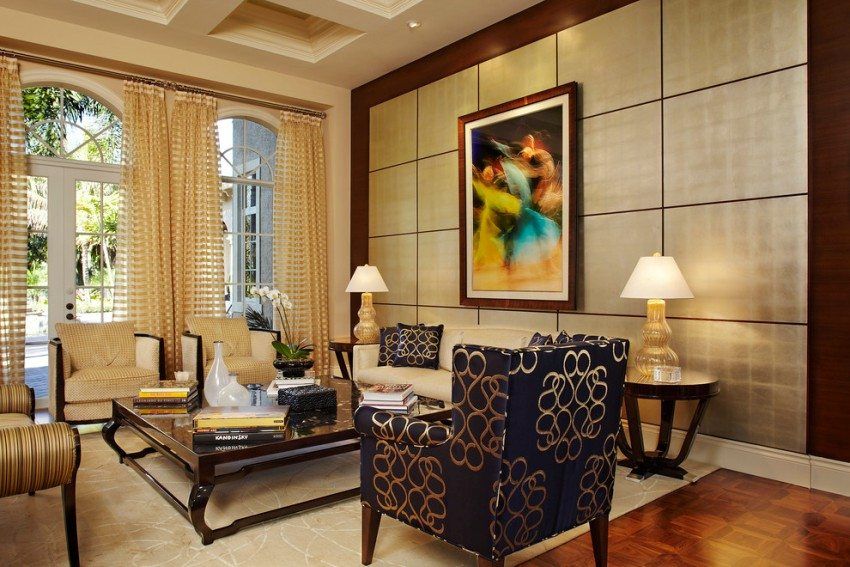
- sheet wall panels are a sheet of fiberboard with a pattern printed on one of the sides. They are glued to the wall or nailed. The joints are hidden under the rail or rubbed with sealant. The size of such panels is 1.22 – 2.44 m. On the long side, and the thickness is 3 – 6 mm. They do not belong to plastic, but their decorative layer may have a polymer coating.
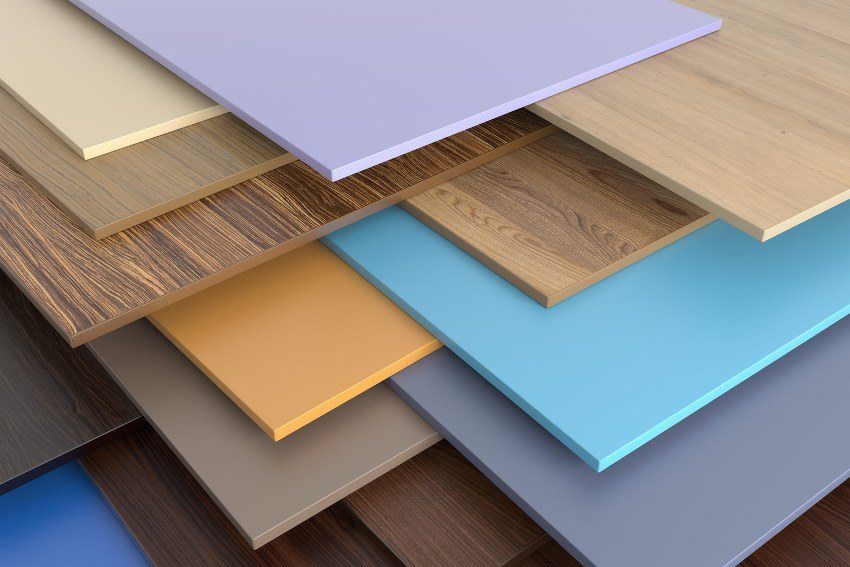
Helpful advice! Rack mount plastic panels for walls vertically gives the room a higher view. The horizontal arrangement visually lowers the ceiling and expands the wall. Knowing this effect, you can competently organize the space inside the room.

In terms of the internal structure, the panels of the first two types are two flat surfaces parallel to each other, connected by partitions, which add rigidity to the whole structure. The side ends are made in the form of spikes and grooves for interconnection.
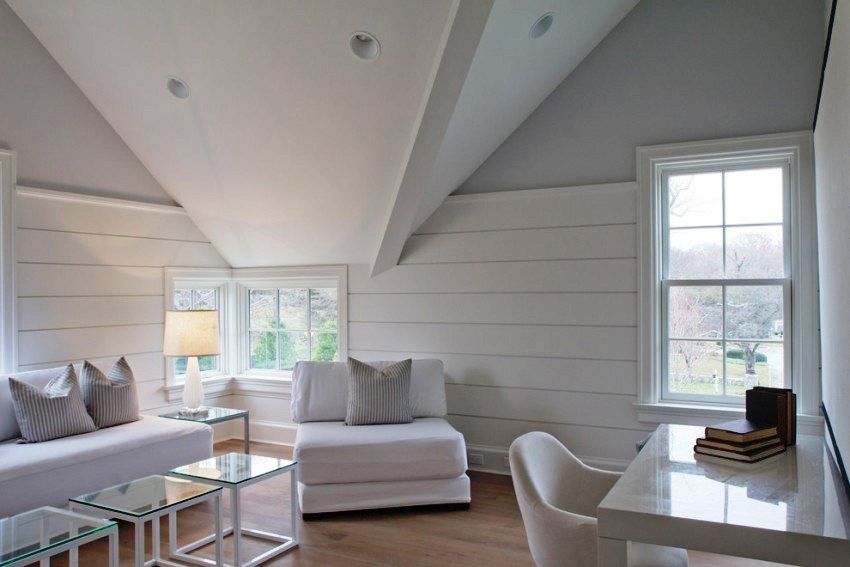
As this material is made of polymeric material, it does not pass water. The panels are very light and do not need reinforced fasteners. The upper protective layer ensures durability of the pattern that is applied to the surface of the material. Protection does not allow the material to deteriorate due to exposure to harmful external factors. Plastic panels for walls, photos of which are found on the net in all their brilliance, are very easy to maintain. You can simply wipe them periodically with a damp cloth.

Among the shortcomings can be noted not a high environmental friendliness of the material, which can be a source of harmful fumes. For this reason, the plastic panels for the walls do not finish the rooms in which people sleep or rest. However, the scope of use of this finishing material is quite wide.
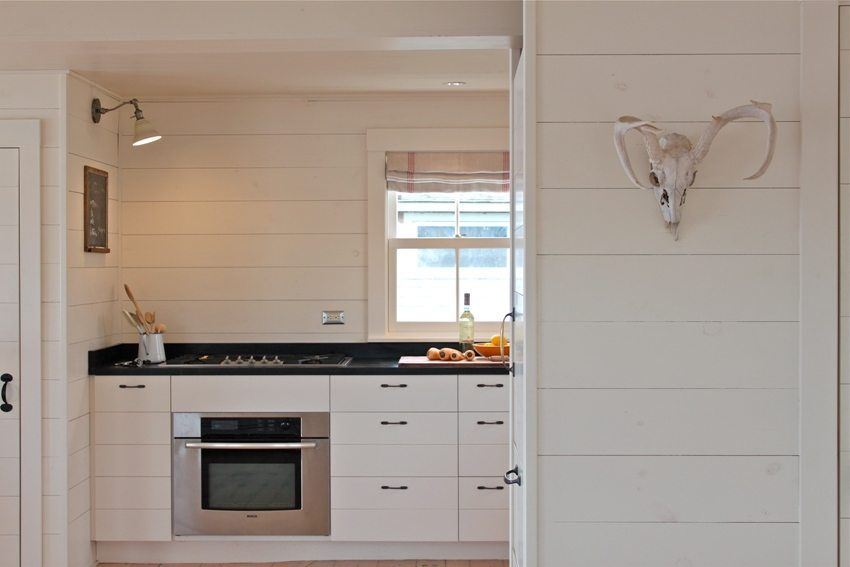
Due to the fact that the installation of panels is not difficult, this material can be fixed on any kind of surface: brick, wood, plaster. Usually in residential buildings and apartments panels of the walls of bathrooms, bathrooms and kitchens are paneled. However, in a private house, they often trim the walls on the veranda, in the storerooms, in the entrance hall. In city apartments you can find balconies and loggias decorated with this inexpensive and practical material. Plastic used in the manufacture of panels, can withstand temperatures up to – 20 degrees, which allows the material to be used to finish the external walls and facades of buildings.
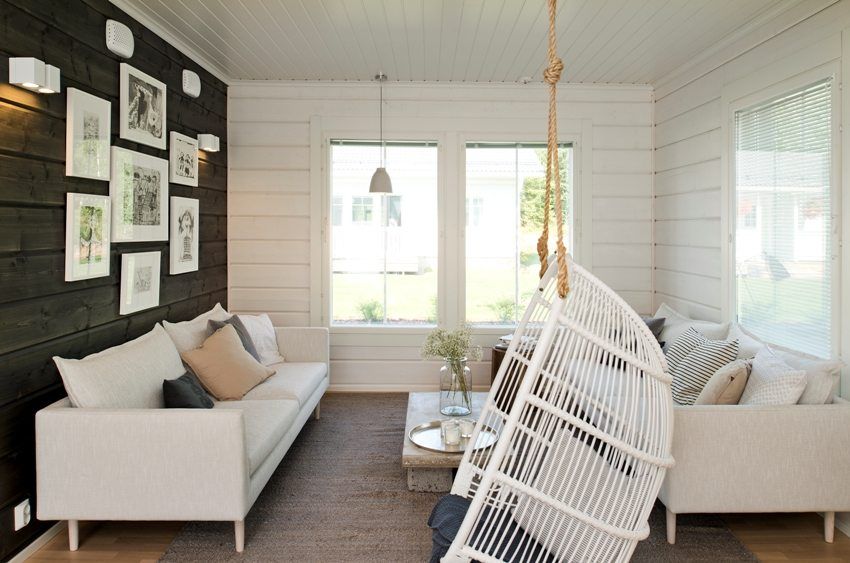
It should be especially noted that the decoration of public premises, shops, offices of institutions and organizations is very often made with plastic panels for walls. Photos of such objects can be easily found for review. Due to the huge variety of types of design and low cost, the panels are used by both individual entrepreneurs and owners of larger enterprises.
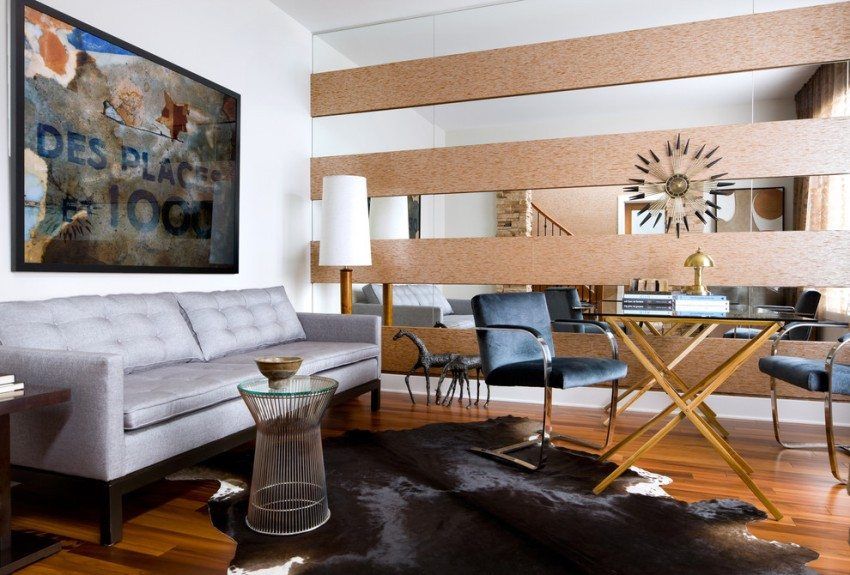
This finishing material is used not only for its intended purpose. You can often find ceilings sheathed. The slopes of plastic windows, various eaves and decorative structures, both inside and outside the premises, are trimmed with such panels.

Helpful advice! When finishing the walls in the bathroom with plastic panels, it is necessary to thoroughly coat the corner joints with sealant. If moisture gets under the surface, mold can form inside, as dampness will be very difficult to erode.
There is nothing easier than fixing plastic panels to the wall. How to do this – read below.
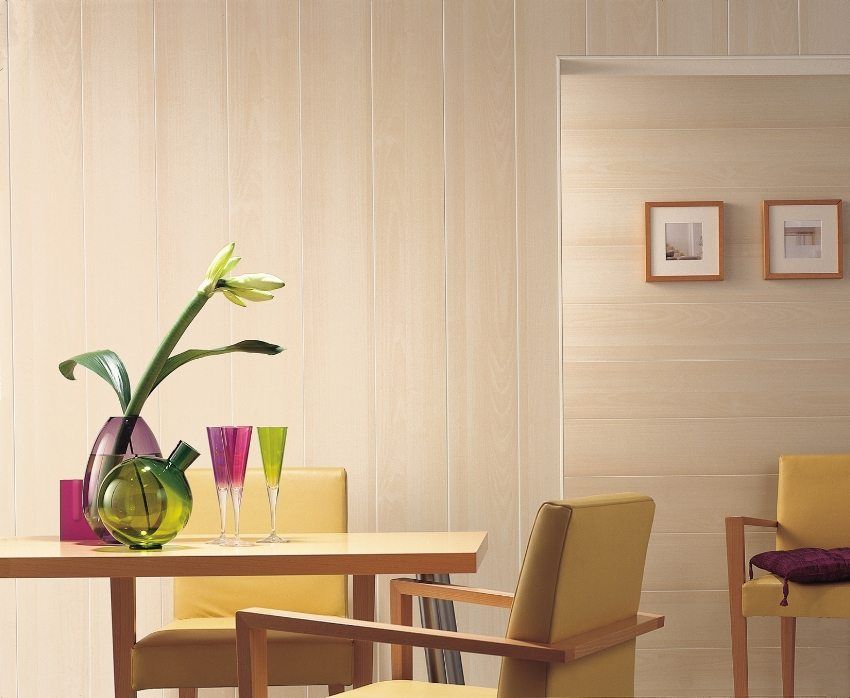
Before proceeding with the installation of panels on the wall, it is necessary to make the correct calculation of the need for the material. To do this, calculate the area of the covered surface of the walls minus the area of the openings. Then we calculate the area of one panel, multiplying the length by the width, taking into account the grooves. After that we divide the area of walls by the area of one panel. We will get the quantity in pieces. The result must be added from 3 to 5%, so that there is a small margin.
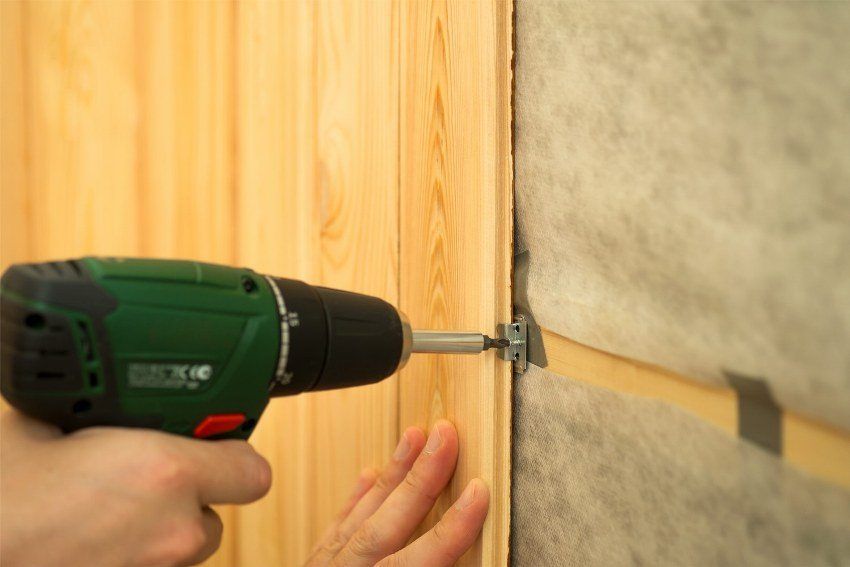
Before you attach the plastic panel to the wall, you need to upholster it with a crate of wooden bars or metal guide profiles, which is more civilized. In the vertical position of the panels, the guides are fixed horizontally. Otherwise vertically. The distance between the guides is 30 – 50 cm. Screw the moldings on them using self-tapping screws. They are different. The type of molding depends on its purpose.
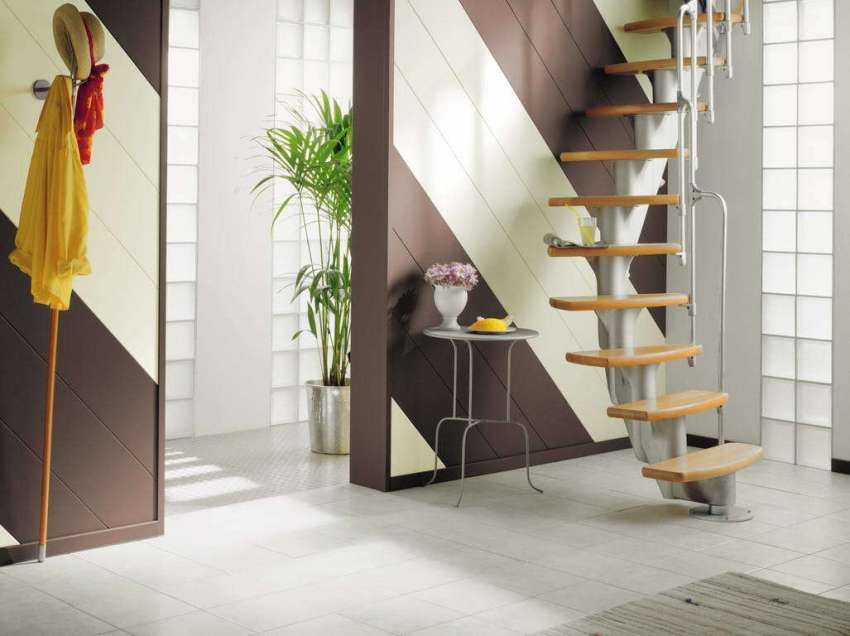
If you need to fasten two panels with different locks to each other, then you need to use an H-shaped profile, and F and U-shaped structures are used to finish the slopes. Panels are inserted one by one into the grooves of the moldings, filling the entire wall. Each panel is screwed to the crate with screws. There are ceiling moldings resembling skirting. They can be used to fully cover the walls from floor to ceiling.
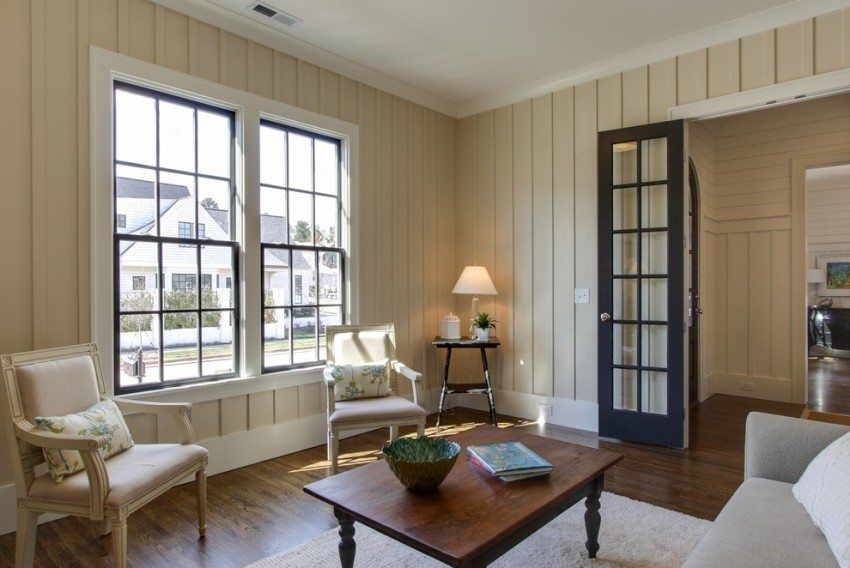
When installing the first panel, you need to pay attention to its perpendicularity and parallelism. The upper and lower ends of it are inserted into the horizontal moldings, and the side mounted in the corner or starting. The second and subsequent panels are inserted into the slots of the previous ones. They no longer need to fasten to anything, since they do not fall out. The last panel should be cut to 1 cm and inserted first into the final profile, then gently slide into the penultimate part. Attach this panel is also not necessary. Similarly, all walls of the room are sheathed.

Helpful advice! Do not neglect the advice to align very precisely the first panel. Even a slight deviation from the vertical, will lead through a few details to a serious “blockage”, which will spoil the whole look.
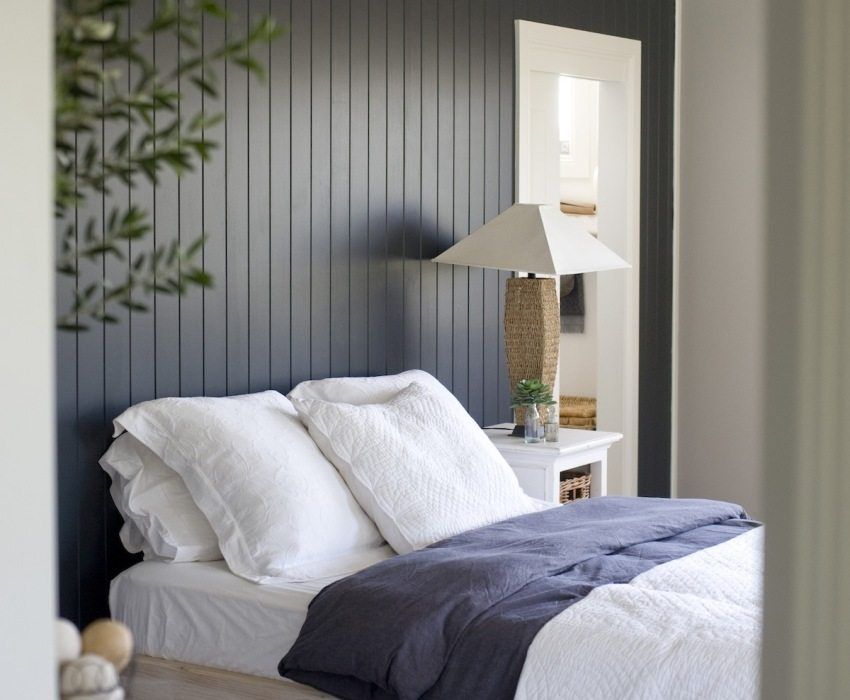
Knowing how to fix plastic panels to the wall correctly, it is possible to sheat a sufficiently large surface area of the walls in a short time, since the installation itself is not complicated. That is why this material is so popular with the owners, first engaged in the decoration of the premises themselves.
